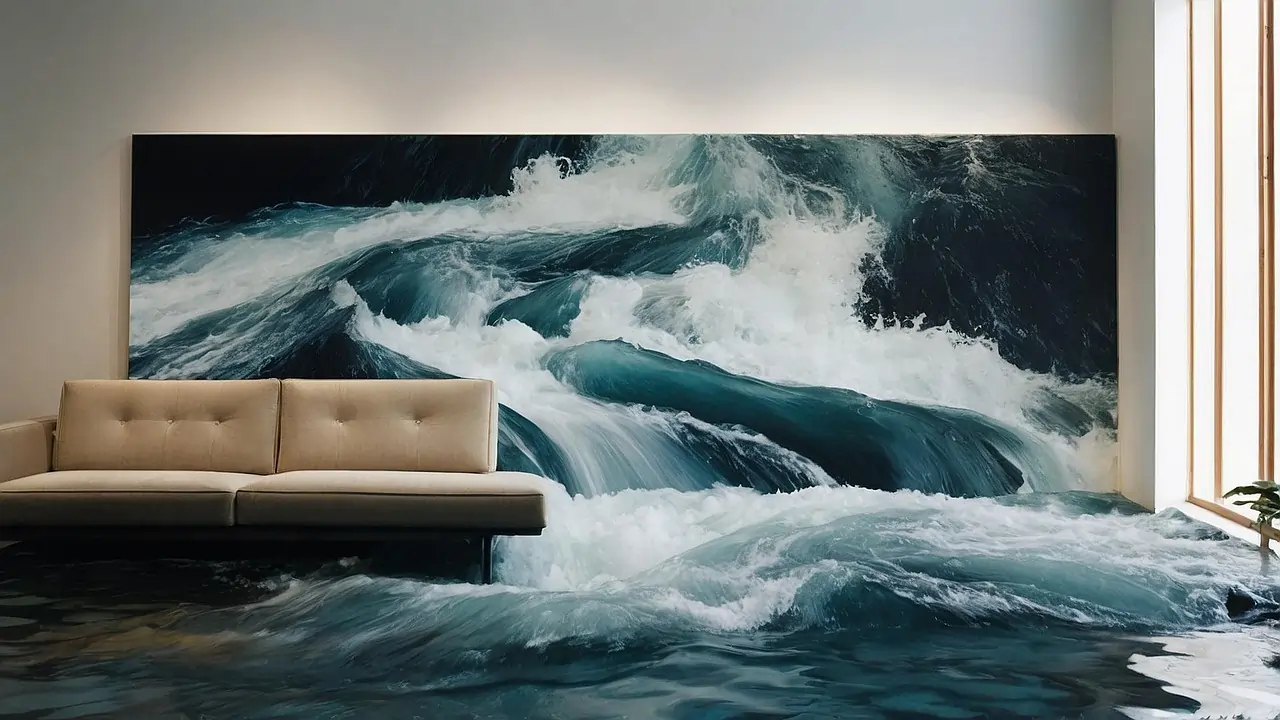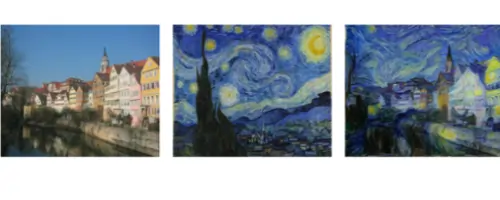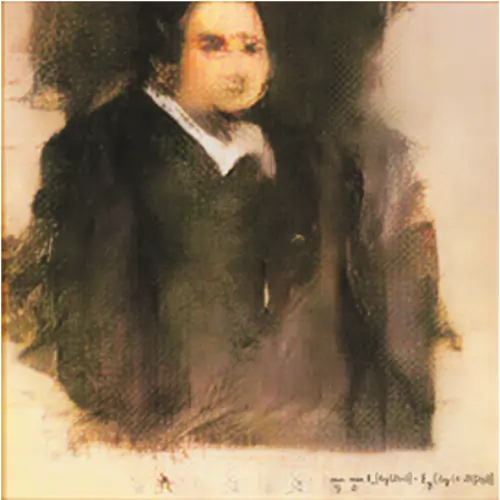MUST READ ART BLOGS
AI-generated art: can it be called 'art'?

This article explores the impact of AI-generated art on artists, discussing techniques like Neutral Style Transfer and Generative Adversarial Networks (GANs). While some artists view AI-generated art as a threat, others see it as a creative tool, and the article touches on market disruption and copyright considerations in the European Union.
1. The Rise of AI Art
There has been an ongoing debate about whether AI-generated art should be considered 'art'. Whether you consider it as so or not, it cannot be ignored – AI-generated art has been circling the internet, gaining more and more fans. But what exactly is it and how does it work? Does it pose a threat to artists? Can it be protected by the copyright laws?
When people talk about AI-generated art, they mean two things: Neutral Style Transfer and Generative Adversarial Networks.
The first one, Neutral Style Transfer, is a group of algorithms that apply different styles (or just a style) to a preexisting image. The engineer or author of the prompts has to choose an image, e.g. a picture of the Erasmus Bridge in Rotterdam, and apply a style image, e.g. "Impression, Sunrise" by Claude Monet. The new artwork generated by the AI program would be, then, a piece of the Erasmus Bridge as C. Monet would have painted it
2. Understanding AI Art
This idea was revolutionary when it came to AI technology. However, the works produced are not truly AI-generated, as it requires two preexisting artworks to function.
Secondly, Generative Adversarial Networks come into play. This is the most comparable to a human artist, within AI technology. Most often, Generative Adversarial Networks generate images using preexisting styles, but they do not require the user to choose a preexisting style image.
The most famous AI-generated artwork, the portrait of "Edmond de Belamy" was sold for $432,500. It was a tribute to the inventor of Generative Adversarial Networks – Ian Goodfellow. In French 'bel ami' can be translated to 'good friend', which was later turned into a pun of 'good fellow' – Goodfellow
Edmond de Belamy, an artwork generated by a generative adversarial network, Christie's, LotFinder: entry 6166184 (sale 16388, lot 363) / wikimedia
Nowadays, mostly GNAs are used. They generate new images from scratch, often using two separate neural networks – the 'Critic' and the 'Generator'. The first one familiarizes itself with a massive database of human-made art – different styles and genres developed throughout human history. The Generator, on the other hand, has never encountered art before creating its images. A random input goes through the Critic, which uses its familiarity with the artworks and decides whether the generated image resembles the human-created art. They train together – the Critic improves in detecting 'artificial' works, while the Generator improves in deceiving the Critic.
The most popular tools for this are Midjourney – known for creating art that resembles physical paintings by imitating brushstrokes-like textures, different color palettes, etc. and DALL-E – interpreting written language and commands, and later creating photorealistic-like art, both are examples of Generative Adversarial Networks.
While examples of the Neutral Style Transfer could be Google Deep Dream, which takes a preexisting picture or video and adds filters to make it seem more surreal, and DeepArt.io, which takes an image that the user uploads and transforms it into a stylized version

AI Image by 1tamara2 from Pixabay
3. How AI Art Challenges Traditional Creation
However, the big ethical question has to be posed – how does AI-generated art impact artists?
Many creators see AI-generated art as a threat to their craft and livelihoods. AI programs can generate images much quicker than humans which also lowers the costs of the pieces – they don't use physical materials, such as paints, pastels, pencils, etc. However, many people see AI-generated art as emotionless and authenticity-deprived. They claim that the programs cannot depict human feelings and thoughts – they feel empty and distant from human experiences.
Moreover, it could create a big disruption in the market for more traditional, human-made art. The demand for such work could drop significantly, causing artists to lose their income.
On the other hand, users of AI-generating programs often see themselves as artists - authors of created images. They have to come up with creative and well-thought-out prompts, and descriptions of the images, which the AI can interpret and use to create. But can these 'artists' be protected by copyright?
The European Union has very strict rules of what is considered as 'work' and is, thus, protected by copyright laws. There is a general distinction between AI creations that need human input and those that function on their own. The current EU regulations are suited to assess whether the AI output qualifies as 'work'. There are four criteria they need to meet: 1) production in an artistic or scientific sphere, 2) human intellectual efforts, 3) originality or creativity, and 4) expression. If they meet all four criteria, they might be classified as 'works', but only in some circumstances. Once they are seen by the EU as 'works', they are protected by EU copyright laws.
CHECK OUT OUR BEST BLOGS

.webp)

.webp)
.webp)
.webp)
.webp)
.webp)










.jpg)